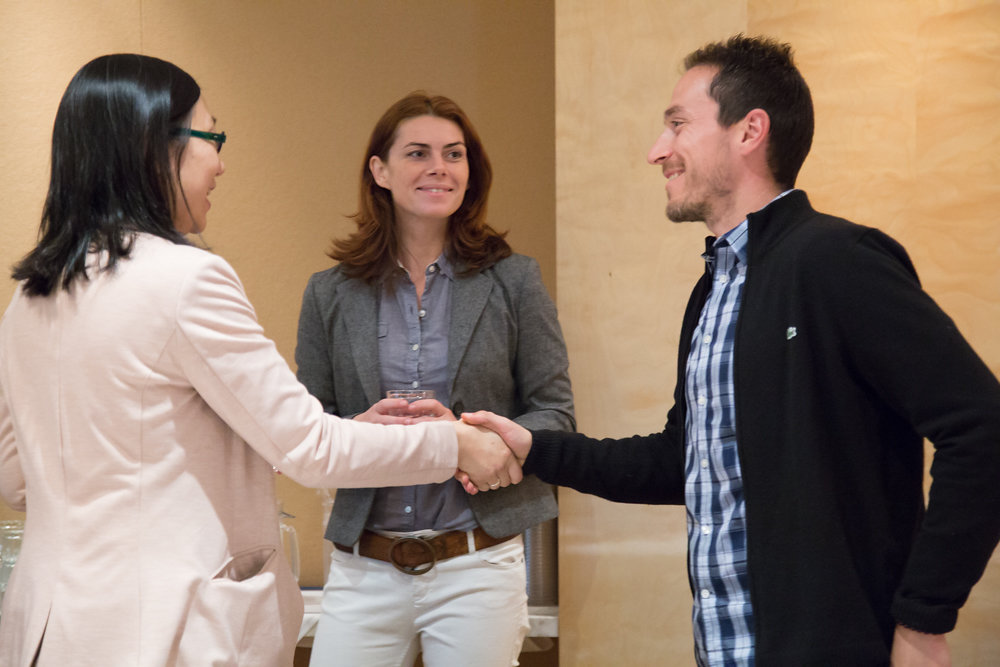“Thanks for offering to look through our deck. Will send it over the weekend and set up some time.”
That was an email I received from an entrepreneur, preparing to raise capital, that came to me and Pique Fund by referral… over a month ago. She didn’t send her investor deck and she didn’t set up a time for a conversation.
We get a lot of referrals to founders and ventures. We take every referral seriously. Given the amount of information we receive (in the form of introductions, conversations, and opportunities), we ask everyone to whom we’re introduced to send us their investor deck, often before we get a chance to meet or have a conversation. It helps us keep track and recall all these connections we’re making. I’m a visual person, so receiving something tangible helps me remember key information as well as contextualize things when we do meet or have a conversation.
We do often use the investor deck as a filter for deciding whether an opportunity is a “no”, “not yet”, or “let’s meet”. It’s not just the content of the deck that gets our attention. A referral is the first step to starting an investment relationship. We’re also interested in how founders respond… and whether they respond. So in addition to making it as frictionless as possible when starting this relationship, here are some Dos and Don’ts about communicating and interacting with investors for founders and things to look out for as an investor:
Do
- Do what you say you’re going to do. This is so important. A lot of promises are made when you’re building and leading a startup venture. Keep your commitments, demonstrate follow-through, and if you don’t do what you said you were going to do, be sure to be able to explain why.
- Be prepared. If you’re asking for investor introductions or you’re starting to get them because people in your network think there’s a great reason to connect you, be prepared with materials to share with investors. I’m a fan of the 2-page summary or teaser, followed by an investor deck if an investor is interested. Have an investor deck ready because you may be asked for one. Have supporting materials in case investors ask for more details. If things progress to the stage of providing detailed information, you may very well find yourself in the due diligence phase.
- Stay in contact. If an investor isn’t ready to receive further information or isn’t ready to invest, ask if you may keep them updated – and then do it. “Not yet” is an opportunity to continue to build the relationship and it might be a fit later on.
Don’t
- Start building a relationship with an investor when you need capital yesterday or today. Especially at events, where I know there are entrepreneurs building businesses and looking for connections, I’m prepared to meet them and start a conversation about raising capital. Don’t pass up that opportunity. You’d be surprised at the spectrum of conversations I participate in, from entrepreneurs missing the opportunity to have great conversations and introductions, to awkward pitches. An entrepreneur even cried while talking to me, telling me how hard it had been meeting investors.
- Deliver canned responses. Personalize your communication with investors and tailor it to the situation and context.
- Forget that investors are human beings too. Especially in startup investing, the business opportunity centres around a relationship, not a transaction. Speak with investors like they are people, strike up a conversation, and determine if there is common ground and mutual interest to build something exciting and impactful together.
~~~~~
For more tools for building impactful investment relationships, check out Integrated Investing: Impact Investing with Head, Heart, Body, and Soul, available at all major online book retailers.
Download your free 24-page Integrated Investing Toolkit, by signing up to the Pique Ventures newsletter.




